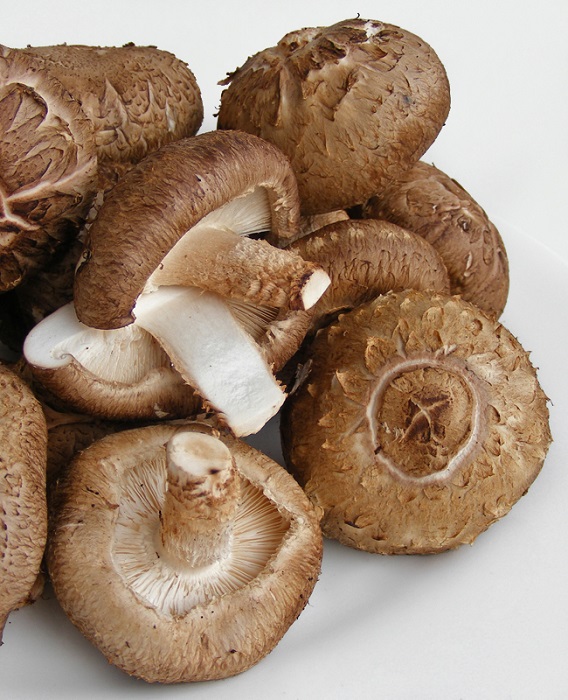-
Tips for becoming a good boxer - November 6, 2020
-
7 expert tips for making your hens night a memorable one - November 6, 2020
-
5 reasons to host your Christmas party on a cruise boat - November 6, 2020
-
What to do when you’re charged with a crime - November 6, 2020
-
Should you get one or multiple dogs? Here’s all you need to know - November 3, 2020
-
A Guide: How to Build Your Very Own Magic Mirror - February 14, 2019
-
Our Top Inspirational Baseball Stars - November 24, 2018
-
Five Tech Tools That Will Help You Turn Your Blog into a Business - November 24, 2018
-
How to Indulge on Vacation without Expanding Your Waist - November 9, 2018
-
5 Strategies for Businesses to Appeal to Today’s Increasingly Mobile-Crazed Customers - November 9, 2018
Researchers make mushroom inside battery
In their quest to find a solution to the deteriorating anodes of lithium-ion batteries, the guys stumbled across something quite remarkable- the Portobello mushrooms.
Advertisement
That’s where portabella mushrooms come in. As it turns, the tasty fungi can be fashioned into batteries that are environmentally friendly and cheaper to produce than conventional batteris. It not only increased battery life compared to standard Li-ion, but also boosted eco-friendliness and reduced the price. Mushroom carbon anodes could be the best replacement, the researchers added. By using biological materials, we can bring down costs and expend less energy in the manufacturing process. The mushrooms become just the right kind of porous when heated to about 1,100 degrees Celsius (2,012 degrees Fahrenheit), giving them much more space for liquid and air to pass through. The nano-ribbon-like architectures in mushrooms transform upon heat treatment into an interconnected porous network architecture which is important for battery electrodes because this type of architecture possesses a very large surface area for the storage of energy.
Perhaps more importantly, portabello mushrooms are high in potassium salt, which makes the pores more accessible to the electrolytes in the battery with each charge and discharge cycle, which could actually increase the battery’s capacity over time.
It is expected that almost 900,000 tons of natural raw graphite would be needed for anode fabrication for almost six million electric vehicle forecast to be built by 2020. Therefore, the UC Riverside team is focused on naturally-derived carbons, such as the skin of the caps of portabella mushrooms, for making batteries. Synthetic graphite is commonly used for the anode in lithium-ion batteries, but this material requires the use of chemicals such as hydrofluoric and sulfuric acids for purification and preparation. Ozkan’s team is now working on the development of pouch prototype batteries based on nanosilicon anodes.
Advertisement
Patents have been filed for both inventions.




























